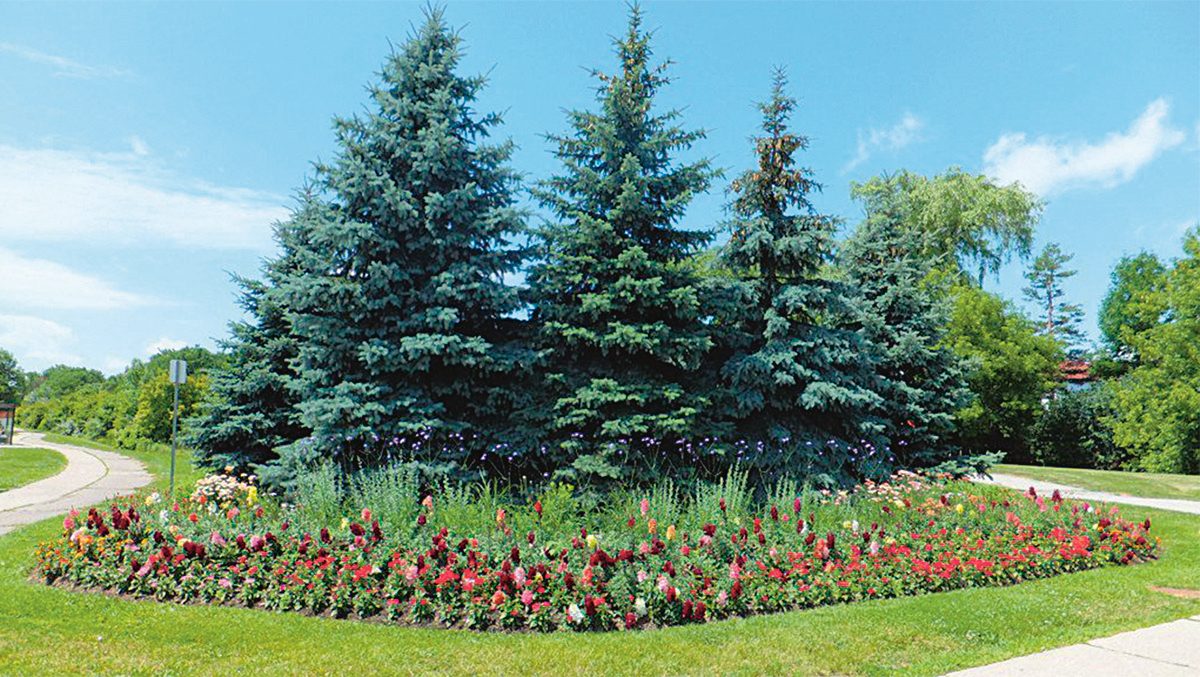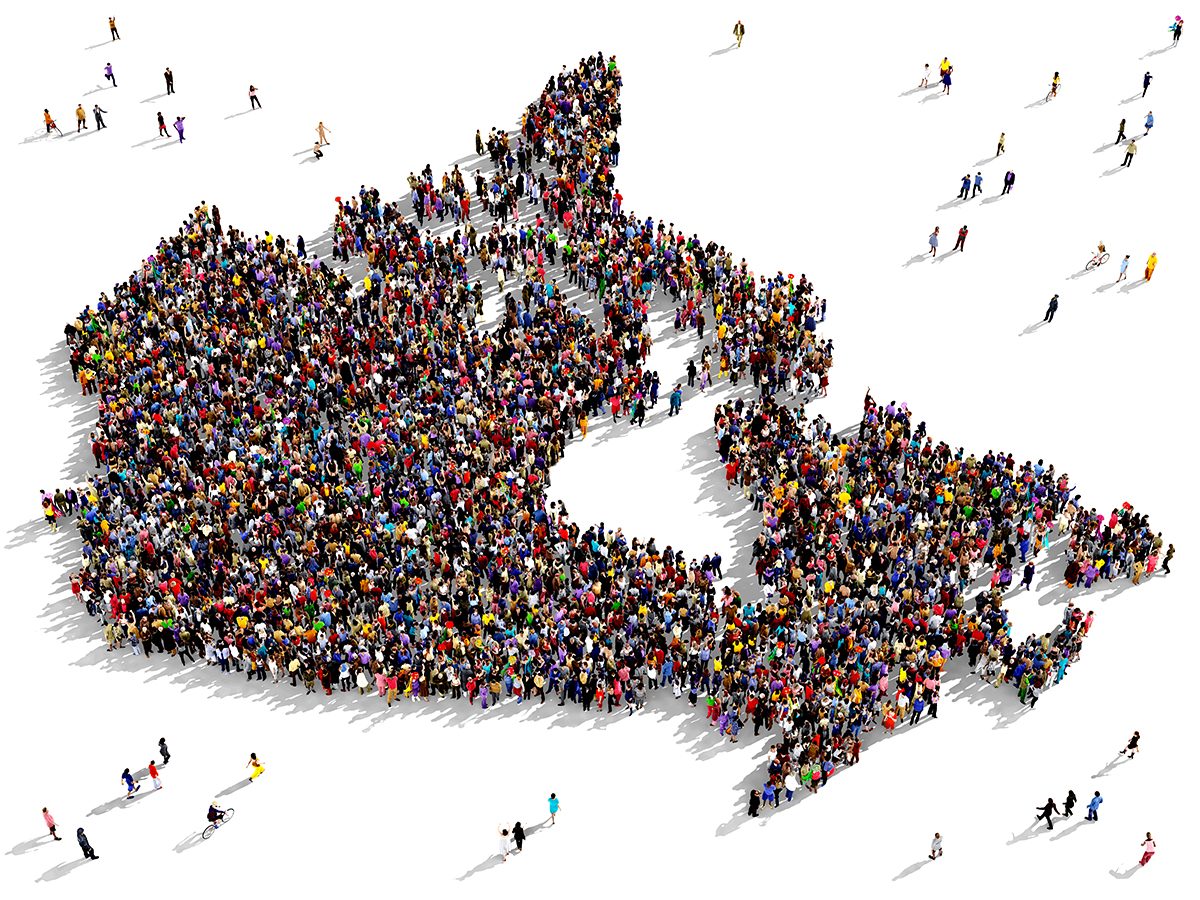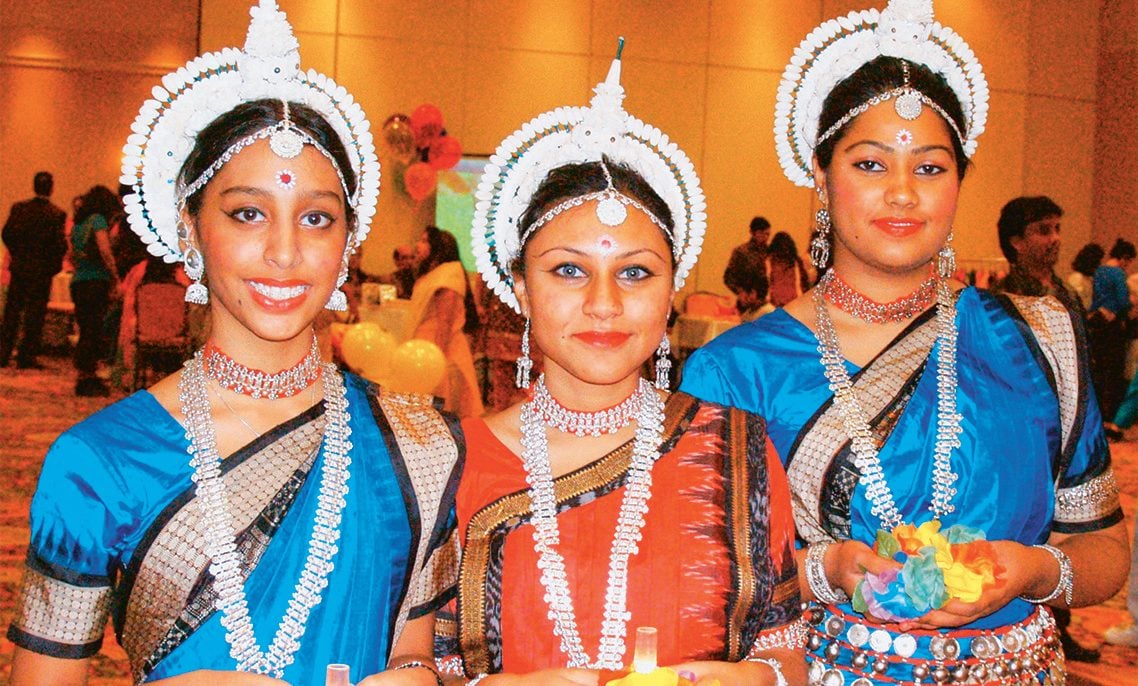
Brampton is Home
My wife Gurvinder and I were married in 2004 while living in Mississauga. We moved to Brampton, Ontario, shortly afterwards, where we decided to put down roots and raise our family. For our nine-year-old daughter Gurleen and 12-year-old son Satnam, Brampton has always been home. After almost 16 years of building a life here together, my wife and I feel the same way our children do about Brampton—it’s home.
I came to Canada with my parents and siblings from India in 1989 and grew up in and around the Greater Toronto Area. Now as an adult, a husband and father, and a small-business owner, I can say with conviction that I am proud to call Brampton home. It’s the place where I not only “found” myself, but was also able to establish new friendships, create a brand and business of my own, and take an active part in the energetic community around me. Brampton is a beautiful city of many cultures with many wonderful parks and hidden gems to be enjoyed. Living here has sparked my ambition to provide a good life for our young family and has given me the means to do so.

Brampton’s Early History
As I have come to learn, Brampton got its name in 1834 largely due to two prominent early settlers, John Elliott and William Lawson, who named the growing community in honour of their original hometown—Brampton, Cumberland, England. Also in the early 1830s, another settler, William Buffy, opened a popular tavern at “The Four Corners,” the main intersection of the emerging city, at Main and Queen, which is still the core of downtown Brampton today. Upon the construction of the Grand Trunk Railway, the local mills, farms and businesses truly began to flourish, including a flower nursery established in 1860 by Edward Dale, which grew into the brand new industry of floriculture, earning Brampton the distinction of being known as “Canada’s Flower Town.” Mr. Dale’s legacy lives on to this day, as the city’s many floral gardens, parks and green spaces attest.
The Best Things to Do in Brampton, Ontario
For visitors and residents alike, Brampton has plenty of family-friendly activities to enjoy year-round, as well as many historic sites to visit and a diverse range of shops and restaurants to enjoy. Especially if you are a first-time visitor, taking the self-guided downtown walking tour developed by the city of Brampton will give you a wonderful overview of local history and you’ll discover some amazing architecture and public art along the way.
A visit to the Rose Theatre and the Brampton Arts Walk of Fame will acquaint you with many of Brampton’s most talented artists and their works. Known in the early days as “Canada’s Flower Town,” because of its growing floriculture industry, Brampton continues to live up to that reputation today, with many flower gardens, parks and green spaces to explore. If you have children, you’ll want to spend time at Chinguacousy Park; it’s an awesome and affordable place that includes playgrounds, a petting zoo, pony rides, mini golf, a water park, paddle boats, a picnic area and much more.
The Heart Lake Conservation Area is a perfect spot to get out and enjoy nature for a day or on a longer camping trip. And that is only scratching the surface of what my hometown has to offer. For more details, simply visit the city of Brampton’s website.
Find out 13 reasons it’s great living in Canada.

Brampton’s Growing Pains
Forty years ago, Brampton was a sleepy little commuter town with some industry of its own, about half the size of nearby Mississauga. But Brampton has undergone huge growth since then, tripling in size since 1980.
Much of this growth was driven by an influx of immigrants from South Asia, the largest incoming culture being Indian, particularly Sikhs from Punjab, as well as people from the Philippines, Sri Lanka, the Caribbean and elsewhere. This wave of newcomers from a variety of cultures resulted in the decision by some long-time Bramptonians to pack up and move elsewhere, due to fear of the unknown, the possibility of decreasing property values, or both.
Such a steady flow of new immigrants also meant the onset of traffic jams and an increase in car accidents—and insurance premiums—as new drivers took to the roads, often with an incomplete understanding of the rules, or a tendency to ignore them. Overcrowding in health facilities and in schools ranks high among the many issues still being experienced by local residents.
In spite of the municipal government’s best intentions and efforts, I believe the city’s infrastructure was—and still is—hard pressed to keep up with the continuous population growth. The fact that our so-called visible minorities are now the overwhelming majority in Brampton is unfortunately an ongoing source of contention not only among Bramptonians of various cultures, but also for residents of other cities in the Greater Toronto Area affected by the cultural shifts taking place.
I believe it’s important for us all to remember that modern-day Canada was built upon the backs of immigrants arriving here from all over the world, most of whom were simply seeking a better life. Given our country’s long history of growth though immigration, Canadians of all stripes should, must, be able to work together to transform the challenges of changing urban demographics into opportunities to draw people of diverse backgrounds together into a cohesive, forward-looking community—one in which the mentality is not “divide and conquer,” but rather “unite and succeed.”
This Canadian immigrant came to PEI as a refugee, and found peace in the Canadian winter.

The Right Balance
I believe it’s true that many immigrants from urban centres in India crave the same lifestyle they once enjoyed at home; in essence, they hope to recreate “India” within a Canadian infrastructure. In Brampton, due to the rising immigration numbers, this is relatively easy to do. After all, there is no real need to learn a new language, eat “strange” food or otherwise change your usual way of living when you are surrounded by so many people who are just like you, some of whom have probably helped you relocate and settle in to your new place that’s “just like home.”
I am also convinced, however, that there are many others who come to Canada seeking a better life within a wider-ranging, more diverse social framework. Given the cultural circumstances surrounding me, it only seems natural to me that most of my friends in Canada are of Indian origin. But that does not mean I have to close myself off from the rest of the Canadian experience by living in an Indian neighbourhood with Indian neighbours and Indian stores. If I wanted that, why not reside in India?
Canada is such a beautiful country with such amazing people—why would I not want to build friendships with them, learn from them and celebrate with them? Interacting with others outside of my native culture, sharing experiences and viewpoints, and trying out activities that may be new to me but are hugely popular with other Canadians has helped me to strike a comfortable balance between the old world and the new.
I have come to respect a great many aspects of Canadian culture and at no time did I have to put aside my native culture, beliefs or language. Best of all, I was able to do so right here in my adopted hometown of Brampton, with my growing family by my side. Together we learn from and celebrate with the many people from all over the world who have come to live and work in Brampton, the Flower City of Canada.
Next, check out what one recent immigrant wishes he’d known before moving to Canada.